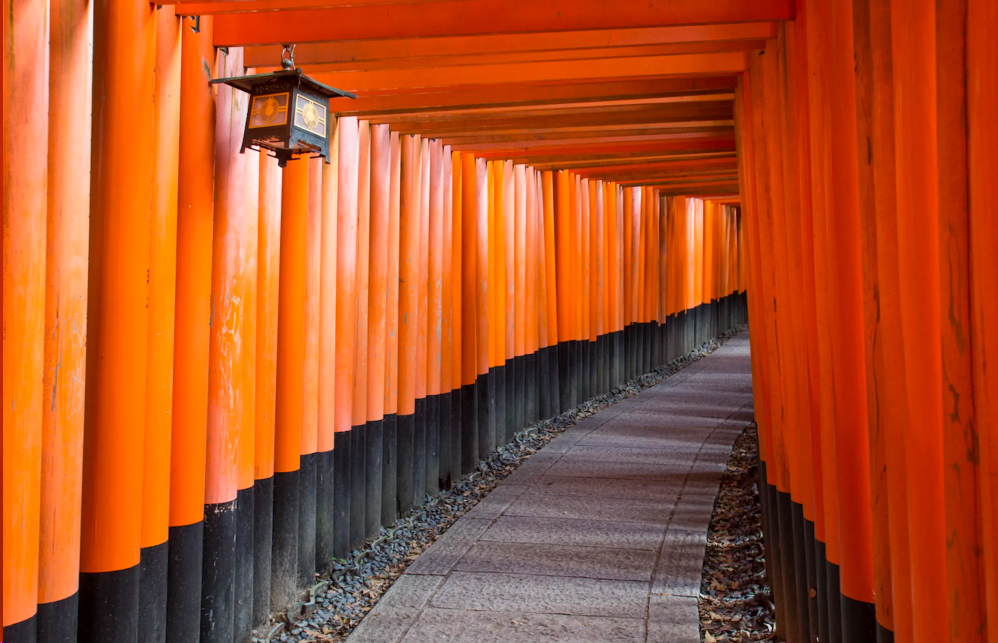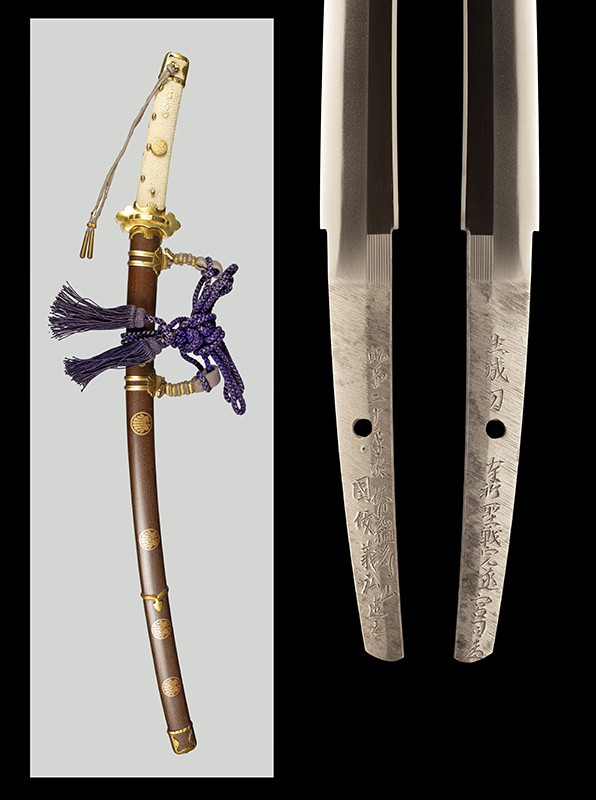|
| |||||||||||||||||||||||||||||||||||||||||||||
Hamon : Nioi-deki, wide suguha. The nioi-guchi is soft and tight. Subdued ashi and yo can be seen.
Boshi : Ko-maru with a short return. A single gunome caps the boshi on each side.
Kitae : Ko-itame hada. Light utsuri can be seen along the shinogi. Faint midare utsuri can bee seen in the omote koshi area.
About this sword : This is a kodachi by one of the highly ranked Gendai smiths, Nigara Kunitoshi. He was active in the Showa period as a war-time smith. He used the mei of "Tsugaru junin Kunitoshi kore o tsukuru, Oshu-ju Kunitoshi kore o tsukuru" His civilian name was Nigara Hiro (二唐広). He was born in 1906 and he studied under Horii Toshihide, Kato Sanekuni and Kurihara Akihide. He is ranked at 2 million Yen in the Toko-taikan and considered one of the leading makers of his time.
The mei of the blade is as follows:
Showa nijunen oite Fushimi Inariyama 昭和二十年於伏見稲荷山 (Made in February of 1945 at the Fushimi Inari Taisha (the head shrine of the Inari))
Kunitoshi Yoshihiro tsukuru no 国俊義広造之(Kunitoshi Yoshihiro made this)
Seiseito 生成刀(A newly made sword)
Hoki seisen-kansui guji 奉祈聖戦完遂宮司(Pray that the holy war is successfully accomplished and presented by the Guji (Chief Priest))
As explained by the mei; This is a special order blade commissioned by the Chief Priest of the Fushimi Inari Taisha (伏見稲荷大社) shrine. The chief priest prayed for the Holy War to be successfully accomplished and presented this sword to all the Shinto Gods of Fushimi Inari Taisha.
The chief priest of the Fushimi-Inari-taisha at this time was Suzuki Matsutaro (鈴木松太郎, 1872-1955). He was from Aichi Prefecture, graduated from the Kokugakuin University, and was then a teacher at the Mito Junior High School. Apart from the Fushimi-Inari, he acted as chief priest of several other shrines. He became the 10th Fushimi-Inari chief priest in 1936 and died in office in 1955. In 1909, he published a book titled Gunjin Chokuyu Kogi (軍人勅諭講義), which is a lecture on Emperor Meiji's Imperial Restrict to Soldiers and Sailors from 1882. It was republished in 1922 by the Meiji-jingu Shrine Office.
Fushimi Inari Taisha is known for its Torii gates, it called "One Thousand Torii". It is the main shrine of Inari shrines nationwide. It was built in the early 8th century by the Hata clan, an immigrant clan. It boasts the highest number of New Year's visitors in Western Japan, and is worshiped by many people for its various benefits, including prosperous business.
This sword is light and elegant. It has the overall sugata of a small tachi. The sugata is slender and the mihaba is narrow. The restoration of this blade was all done in Japan. The polish is absolute perfection and of fine quality. The shira-saya has horn inlay. The shakudo habaki is in the sayagata theme (manji design) and is a work of art in and of itself. There are no kizu and the blade is very healthy.
This sword is accompanied by an efu no tachi koshirae. It is of outstanding quality and in fine condition. It is fully complete and entirely issaku. A variation of the Suzugohei mon is featured throughout the work. This was custom ordered for the blade in 1945 for the occasion of its offering to the Fushimi Inari Taisha.
A sword that stands in a place of historical importance with a divine provenance.
SOLD






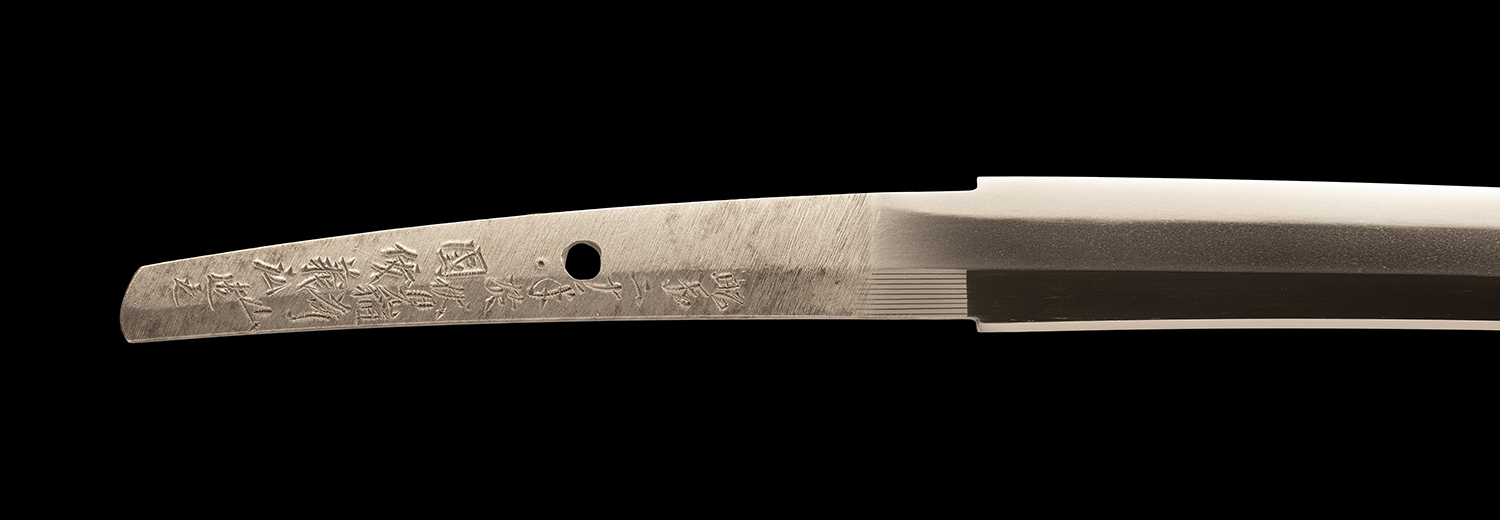

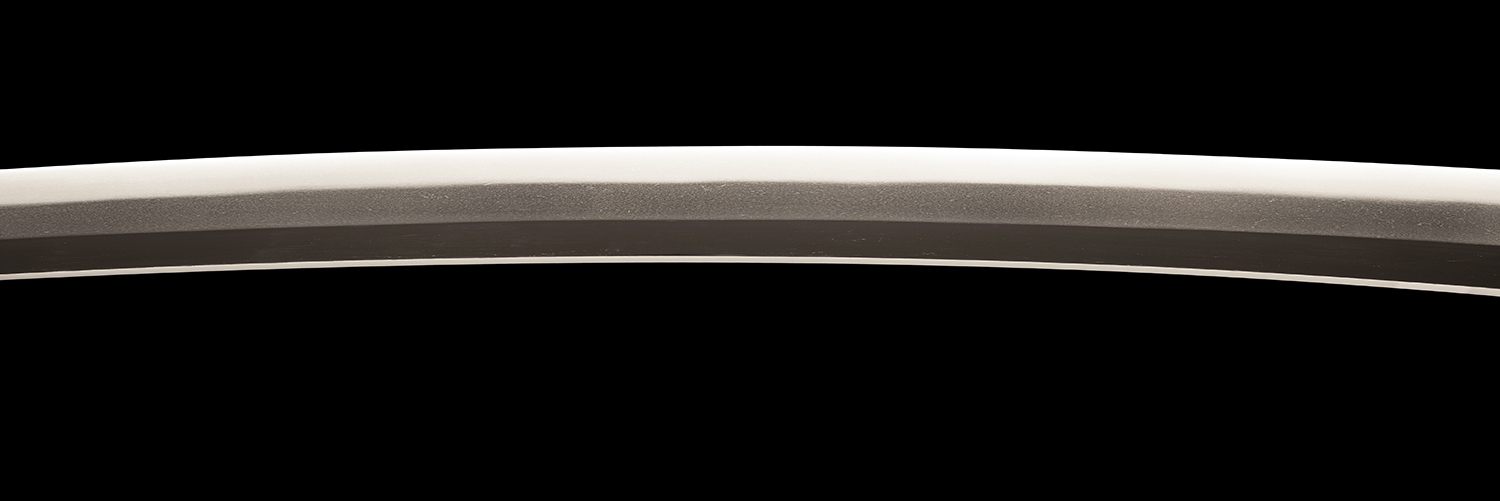

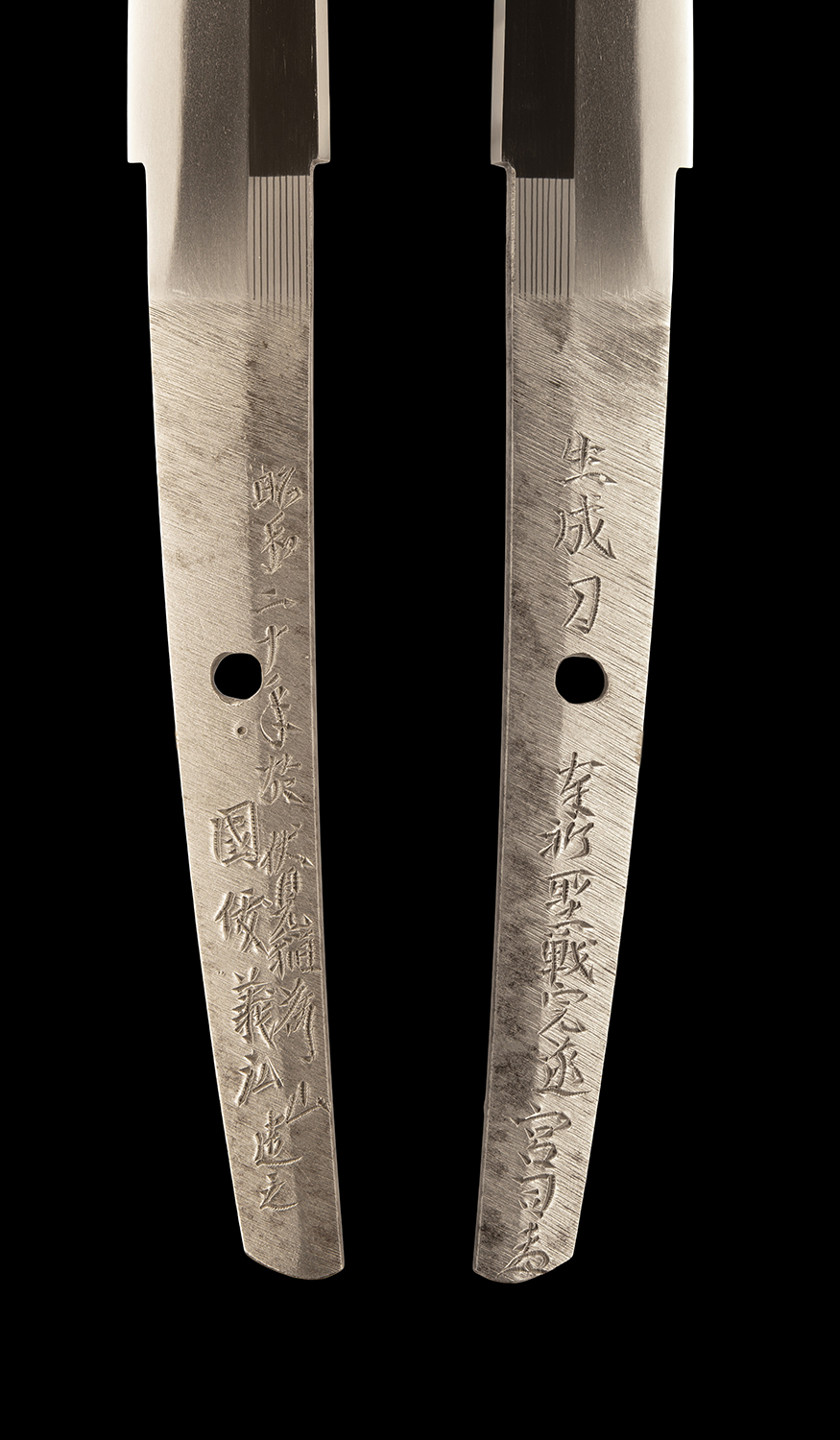
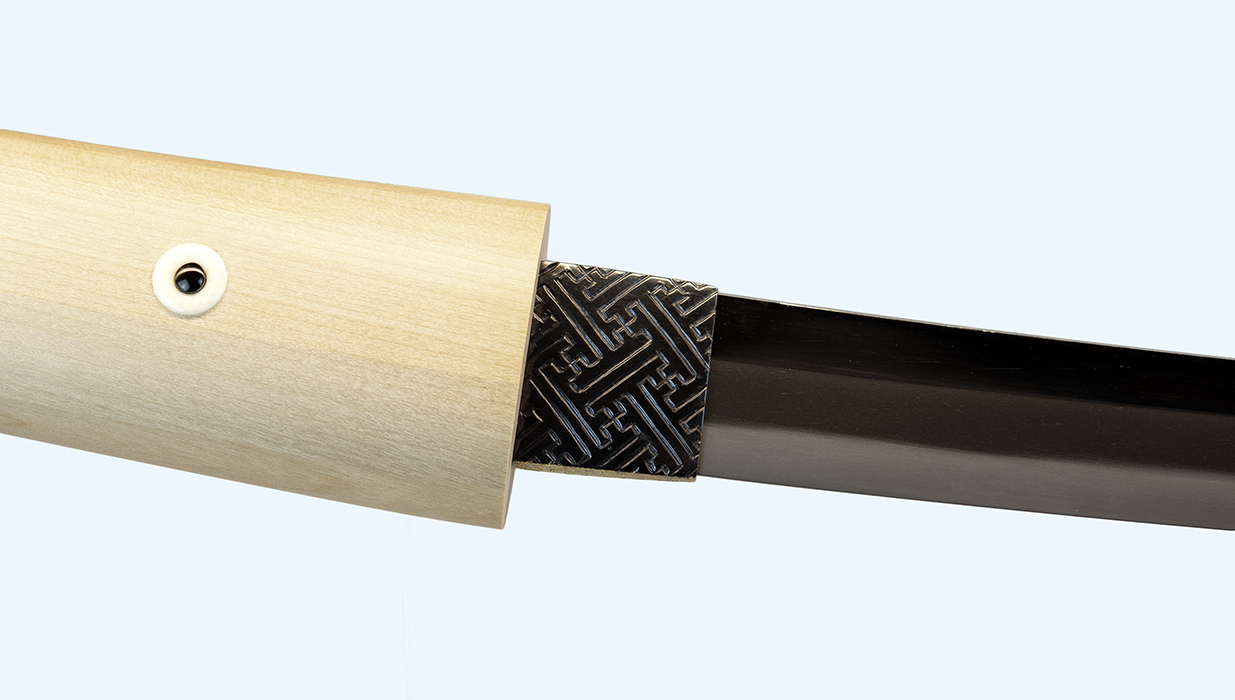
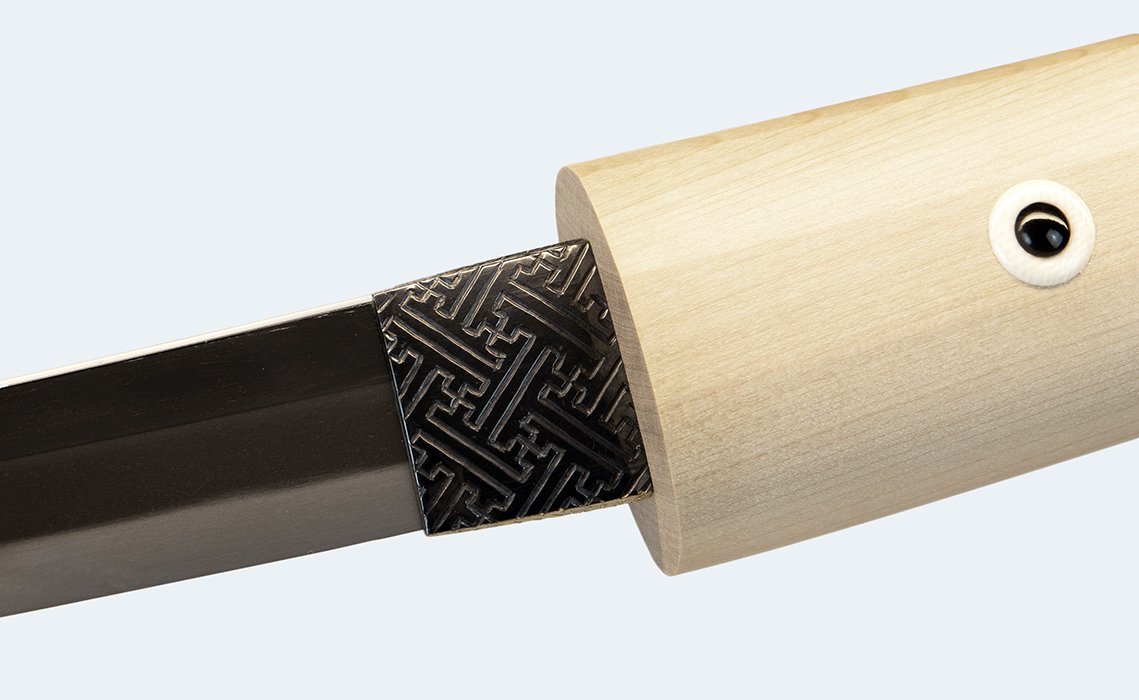

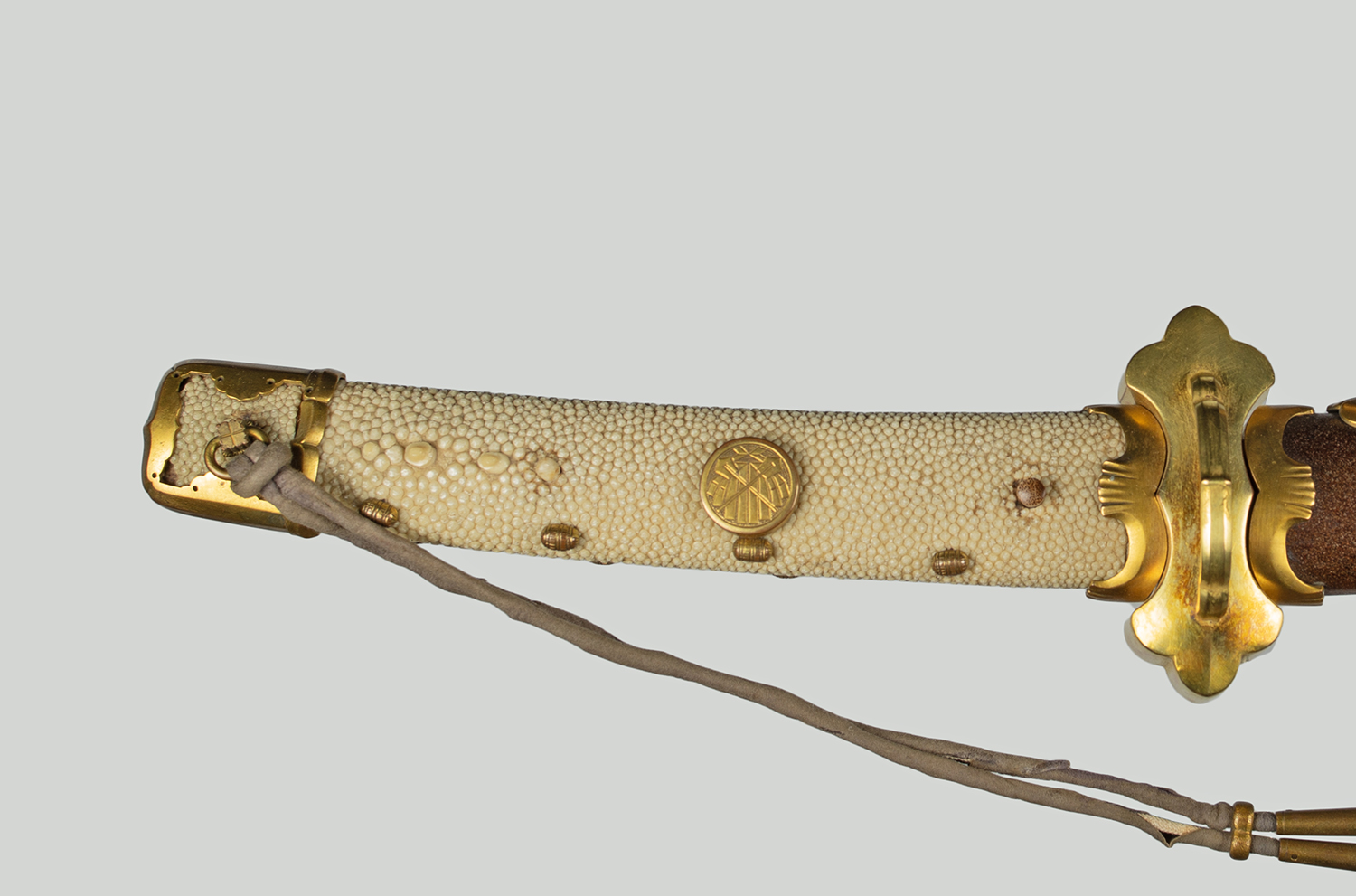




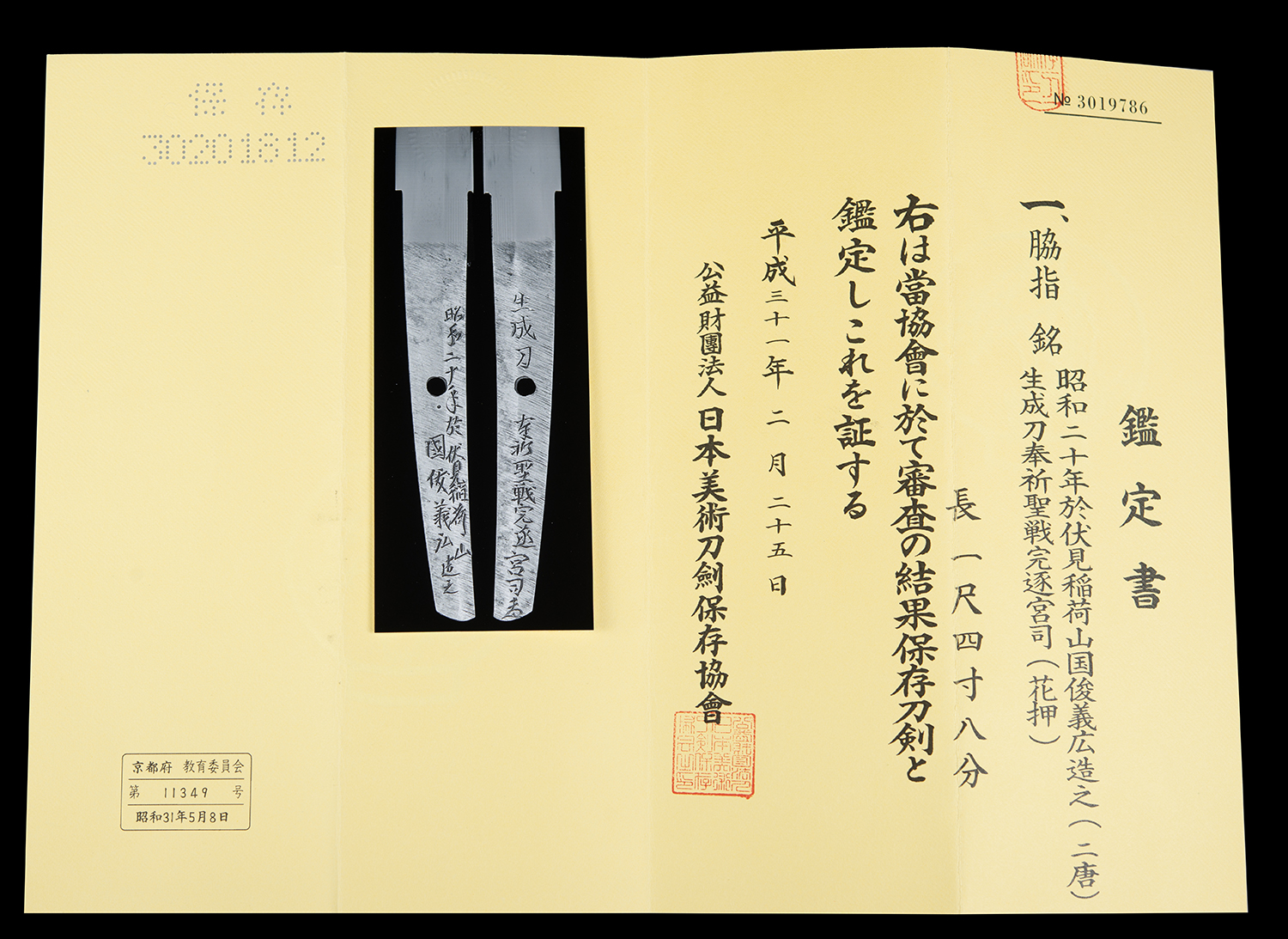
Fushimi Inari Taisha is known for its Torii gates, it called "One Thousand Torii"
